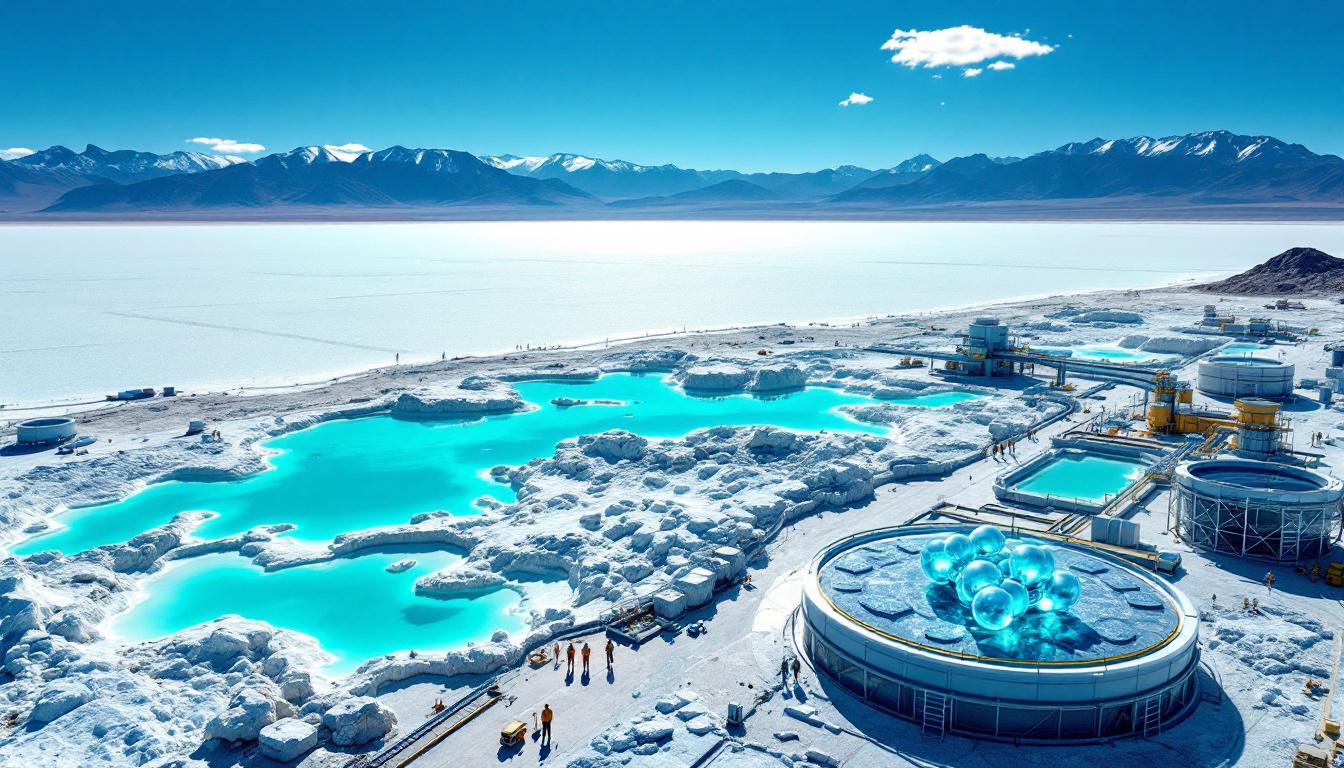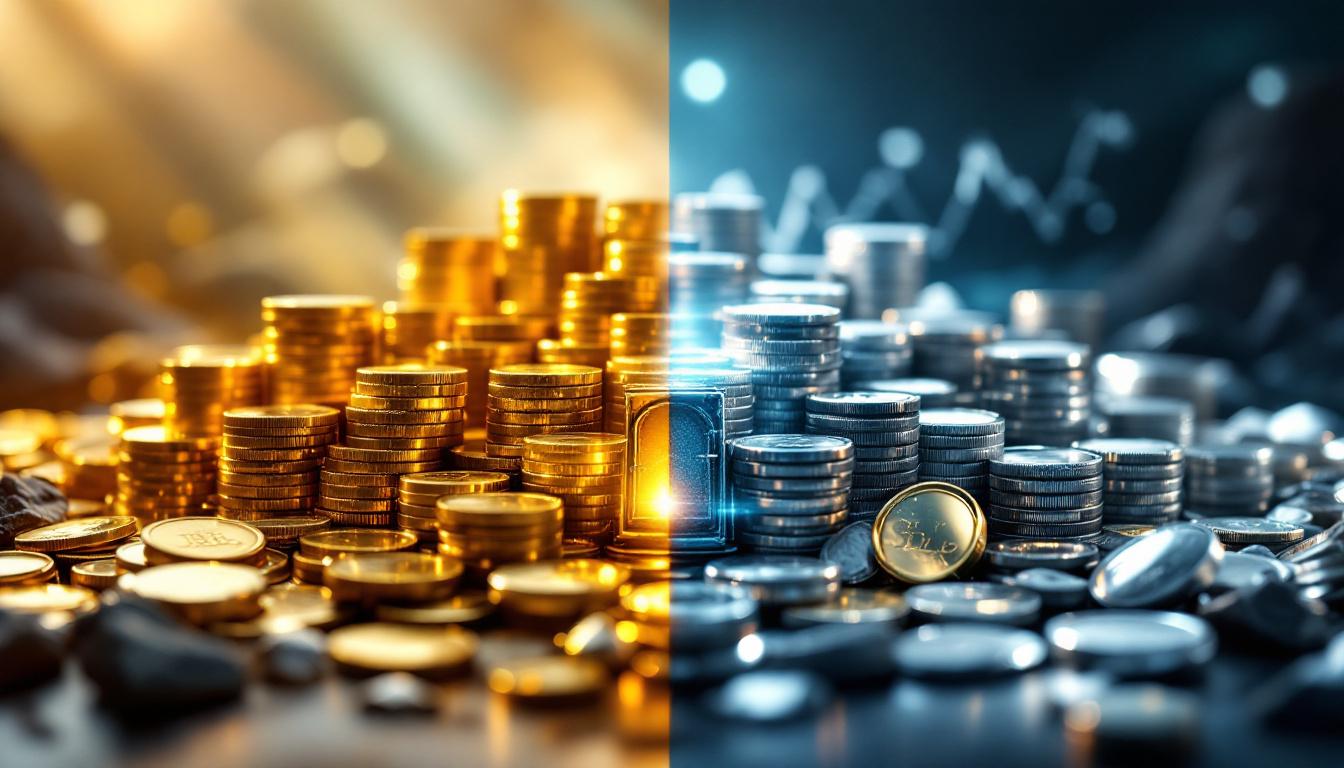What is the DRC Cobalt Export Suspension?
The Democratic Republic of Congo implemented a four‐month cobalt export suspension in the DRC beginning February 21, 2025. This move has sent shockwaves through global supply chains and commodity markets. In addition, the suspension, affecting nearly 80% of the world's cobalt production, highlights the crucial role of strategic resource management. It has also emphasised the importance of modern policies seen in us cobalt miner tariffs and global competition.
The government introduced the suspension as a price control measure. Officials plan to conduct a comprehensive review before the end of the period. Consequently, they are reasserting control over what they see as an undervalued asset. This cobalt export suspension in the DRC is now central to debates in resource nationalism.
How Has the Suspension Impacted Global Cobalt Prices?
Global cobalt prices surged dramatically after the suspension. Standard grade prices moved from $9.50-10.40/lb to $14.25-16.00/lb within weeks. Furthermore, cobalt hydroxide prices increased by roughly 84% from $5.65-5.75/lb to $10.00-11.00/lb. This volatility underscores market uncertainties and the strategic challenges of current mining policies, as noted in mining’s paradoxical role in the clean energy transition.
The price discrepancies have led to fragmented markets and created arbitrage opportunities for traders. Moreover, the phenomenon has triggered a temporary halt in buying activities, as processors reassess their supply strategies in the wake of the suspension. This environment is prompting revaluation of risk and alternative material sourcing.
| Cobalt Product | Pre-Suspension Price ($/lb) | Post-Suspension Price ($/lb) | Percentage Increase |
|---|---|---|---|
| Standard Grade | $9.50-10.40 | $14.25-16.00 | 50-54% |
| Hydroxide | $5.65-5.75 | $10.00-11.00 | 77-91% |
| Sulfate | $7.25-7.50 | $12.75-13.50 | 76-80% |
| Metal Cathodes | $11.25-11.75 | $16.50-17.25 | 47-47% |
What Are the Supply Chain Implications for Global Markets?
Many battery makers and automakers are reacting by stockpiling cobalt. Companies with existing inventories benefit greatly, while just-in-time operations face production challenges. In addition, emerging global trends such as global commodities market insights amid shifting political dynamics influence decisions across sectors.
Furthermore, seasonal maintenance at major refineries and prioritisation of stocks for key customers have complicated the supply chains. Smaller artisanal miners, who number between 140,000 and 200,000, now experience significant economic hardship. These dynamics further expose the vulnerabilities of highly concentrated resource sectors.
How Might This Affect Long-Term Cobalt Usage in Batteries?
The suspension coincides with a period of technological transition in battery manufacturing. Industry reports from Adamas Intelligence indicate a 25% decline in cobalt volume per vehicle from 2022 to 2024. Consequently, manufacturers are exploring alternative chemistries like LFP and high-nickel NMC.
Dr. Elisa Kimathi, a battery technology researcher, remarked, "This suspension may be the catalyst that accelerates engineering cobalt out of batteries." In addition, the industry's focus on reducing dependency on cobalt is resulting in accelerated research towards viable substitutes. This trend is further highlighted in discussions examining bolstering north american ev battery supply chains.
As this transition continues, the cobalt export suspension in the DRC is mentioned repeatedly in industry analyses. It challenges manufacturers to weigh the benefits of performance against supply security—forcing a broader re-evaluation of battery design and material choice.
Can Indonesia Fill the Supply Gap During the DRC Export Ban?
Indonesia is emerging as a potential alternative cobalt source. The country produced around 31,000 tonnes of cobalt in 2024, roughly 10% of global output. Furthermore, Indonesian officials have ambitious plans to increase production. However, technical challenges and construction delays remain a concern.
In addition, Indonesia’s mining sector is undergoing significant regulatory change, as evidenced by indonesia’s mining law revision and its impact on resource management. The material quality issues between Indonesian and DRC cobalt further complicate its immediate substitutability. Chinese companies controlling 80% of production capacity add another layer of strategic complexity.
Battery processors are now beginning to qualify Indonesian cobalt for non-critical applications. Consequently, industry stakeholders are watching closely, as any improvement could help alleviate some pressure from the DRC suspension.
What Are the Investment Implications for the Cobalt Industry?
Market dynamics have shifted dramatically due to the suspension. Investment analysts have warned that the uncertainty may increase risk premiums for future projects. As a result, projects outside the DRC and Indonesia are gaining newfound investor interest. In addition, global commodities market insights amid shifting political dynamics highlight this shift.
Investors and companies alike now reconsider long-term strategies. Key points include:
• Higher risk premiums for new projects.
• Accelerated interest in cobalt sources outside politically unstable regions.
• A resurgence in exploring recycling and recovery operations.
These factors underscore that the suspension intensifies not only operational challenges but also shifts investment dynamics. Moreover, it provides crucial insight into the long-term economic impacts of material supply shocks.
How Are Downstream Industries Responding to the Suspension?
Downstream industries such as automotive and electronics are implementing tiered response strategies. OEMs are invoking force majeure clauses and pursuing alternative sourcing agreements. Furthermore, battery manufacturers are adjusting cathode formulations to stretch existing cobalt inventories.
Smaller firms struggle with limited leverage, while larger companies use their scale to secure limited supplies. The suspension has prompted a notable shift in inventory management practices. In addition, recent studies, including a reuters report on export quotas, have added clarity to market responses and adaptation strategies.
What Happens After the Suspension Ends?
Industry analysts outline three potential scenarios after the four‐month suspension. Key scenarios include:
• An export quota system that maintains controlled release and steady royalty payments.
• Possible extension of the suspension in response to unmet price targets.
• A return to unrestricted exports, though this is the least likely outcome.
Analysts warn that a sudden oversupply could destabilise prices. In addition, inventory release from accumulated production may lead to temporary imbalances. The final market response will be heavily dependent on how well the DRC government navigates the transition. The cobalt export suspension in the DRC remains a central reference point in these discussions.
FAQs About the DRC Cobalt Export Suspension
Why did the drc implement this suspension?
The government sought to support cobalt prices and secure revenue from an undervalued resource. The policy facilitates a market recalibration and provides time to reassess the sector’s regulatory framework.
How long is the suspension expected to last?
The suspension is set for four months, with a review planned three months in. However, outcomes may vary depending on market responses and policy adjustments.
What percentage of global cobalt supply is affected?
Approximately 78% of the global cobalt output originates from the DRC. This concentration exacerbates the impact of the suspension on global markets.
How are ev manufacturers coping with the disruption?
EV manufacturers are adjusting by transitioning towards lower-cobalt or cobalt-free battery chemistries and diversifying their supply sources. Additionally, some are investing in recycling initiatives to mitigate risk.
The Future of Cobalt in a Volatile Market
This suspension has become a pivotal moment for the energy transition. It exposes the risks associated with concentrated supply chains and fossil fuel alternatives while pushing research into sustainable substitutes. Furthermore, both recycling and closed-loop recovery operations are garnering renewed attention.
Market experts, including political risk analysts, describe this period as one of transformative adjustment. In addition, discussion threads on sites like reuters report on export quotas reinforce the narrative that the cobalt export suspension in the DRC will have long-lasting effects.
In summary, this disruption is a wake-up call for industry stakeholders. It forces a reassessment of supply strategies, incites technological innovation, and redefines investment criteria. As we move forward, the cobalt export suspension in the DRC remains a central theme in strategic discussions, further influencing global energy markets and battery technology development.
Want to Stay Ahead of Critical Mineral Supply Disruptions?
Discover how you can receive instant alerts on significant developments like the DRC cobalt export suspension with Discovery Alert's proprietary Discovery IQ model, giving you actionable insights before market shifts occur. Visit our discoveries page to see how major mineral discoveries and supply changes have historically delivered exceptional returns for prepared investors.




